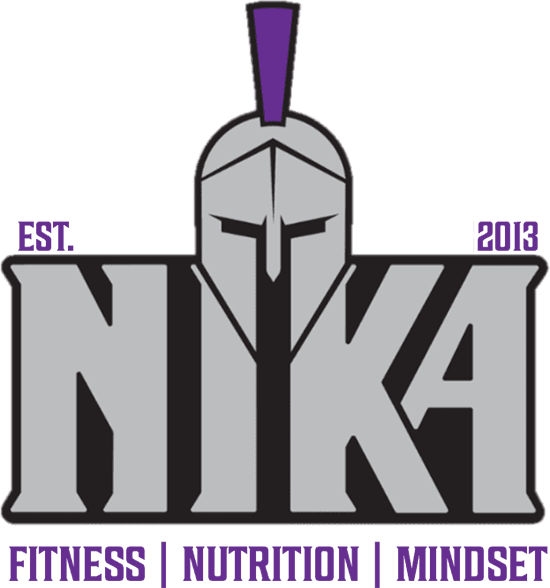You’ve probably heard everything about chocolate. It’s great for your heart (if it’s dark), it’s bad for your diet, it’s this, it’s that. Whatever it needs to be to draw attention at the moment.
For nutrition sake, let’s take a closer look.
When someone says chocolate is “healthy,” what they’re actually talking about are he health benefits of cocoa, or cacao. (The terms “cocoa” and “cacao” are actually different. Cocoa is usually slightly more processed than cacao, but research has used both to investigate the effects of chocolate consumption on health markers.)
Both cocoa and cacao are a concentrated source of flavonoids (natural antioxidant plant compounds that help fight disease). Interestingly, cocoa products account for a major proportion of flavonoid intake in Western countries. With that background, here are some of those potential benefits:
- Cocoa may help reduce blood pressure. This could be due to flavonoids, which modify the production of inflammatory modulators and dilate blood vessels in the body, similar to omega-3 fats.
- Cocoa may improve a person’s cholesterol profile. Flavonoid-rich cocoa can decrease LDL (“bad”) cholesterol, and increase HDL (“good”) cholesterol.
- Chocolate may boost serotonin. Carbohydrate-dense foods like chocolate can trigger serotonin production. Serotonin is a neurotransmitter that contributes to your sense of wellbeing, so it makes sense that eating chocolate can make you feel good.
But these factoids are not the whole story.
Cocoa products exist on a continuum from minimally processed (we’ve discussed this before, think more nutritious) to highly processed (something to skip).
For example, consider the different types of chocolate:
- Unsweetened chocolate is made from 100 percent cocoa liquor, or cocoa mass.
- Dark chocolate isn’t actually a regulated category of chocolate. However, to get the best nutrition ROI, look for bars that contain 70 percent or higher cocoa solids, which will be high in flavonoids and still relatively low in sugar.
- Milk chocolate must contain a minimum of 10 percent cocoa liquor and some form of milk. It has more sugar than dark chocolate.
If you love chocolate and want to improve your nutrition, try these:
- Look for the real deal. Just like you should do when buying anything, read the ingredients. If possible, choose real chocolate (not candy bars) that contain as much cocoa (and as little other stuff) as possible. A good quality chocolate product will contain little more than cocoa mass, cocoa butter, and sugar.
- Enjoy in moderation. While 100 percent pure cocoa is more nutrient-dense than a candy bar, it’s still high in calories. Most studies show that benefits peak when servings are limited to about 10 to 30 grams per day. (That’s about 2 to 5 squares.)
- For “chocoholics”—seek out other sources of serotonin-boosting pleasure. Incorporating other serotonin-boosters like exercise, massage, social interaction, and humor (like watching a funny movie), may help you find more control when eating chocolate.

